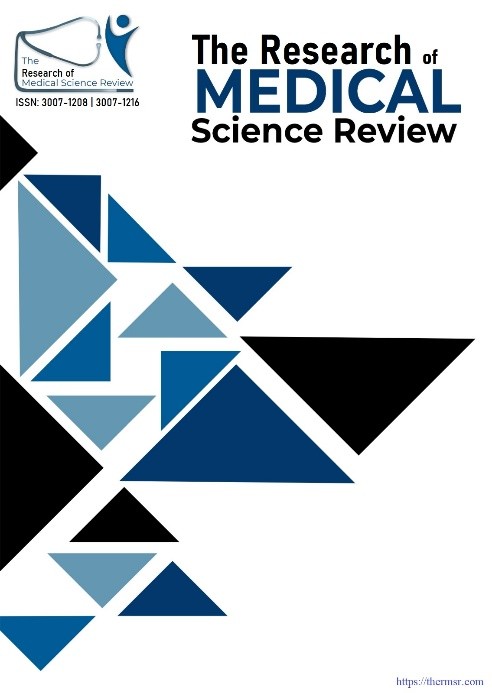SYNTHETIC ORGANIC COMPOUNDS IN CANCER TREATMENT: MECHANISMS, CHALLENGES, AND FUTURE PROSPECTS
Main Article Content
Abstract
Cancer is a predominant global cause of death, requiring the development of more targeted and effective treatment methods. Synthetic organic compounds are crucial in modern oncology because of their structural adaptability, simple large-scale synthesis, and capacity to target specific biochemical pathways associated with cancer progression. This comprehensive review examines the production, classification, and mechanisms of action of synthetic organic chemicals in cancer therapy. It underscores essential classes, including alkylating agents, antimetabolites, tyrosine kinase inhibitors, and histone deacetylase inhibitors, while emphasizing their molecular targets and cytotoxic mechanisms, such as DNA damage, enzyme inhibition, and apoptosis induction. This paper analysis the structure–activity relationships (SAR) and molecular optimization techniques that improve potency, selectivity, and pharmacokinetics. Preclinical investigations and clinical trials have illustrated the effectiveness of several synthetic agents, with prominent instances including imatinib and bortezomib attaining considerable clinical success. Notwithstanding these advancements, difficulties such drug resistance, off-target toxicity, and the intricacy of cancer microenvironment remain. Emerging trends, including combination therapies, targeted prodrug development, nanocarrier-based delivery, and artificial intelligence-driven drug design, are influencing the future of synthetic molecule applications in oncology. This study emphasizes the significance of interdisciplinary collaboration in the progression of synthetic anticancer therapies and establishes a basis for additional research to address existing limitations. This synthesis of recent findings and future provides essential insights into the significance of synthetic organic compounds in precision cancer therapy
Downloads
Article Details
Section

This work is licensed under a Creative Commons Attribution-NonCommercial-NoDerivatives 4.0 International License.
